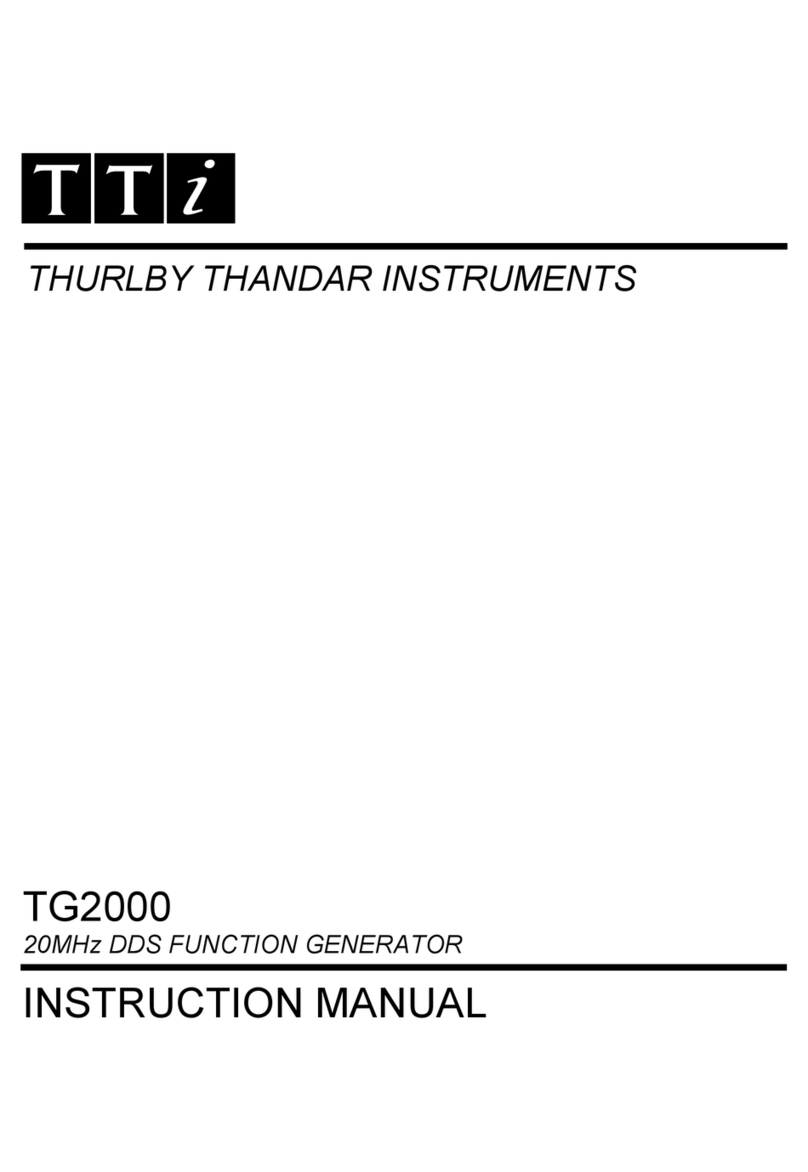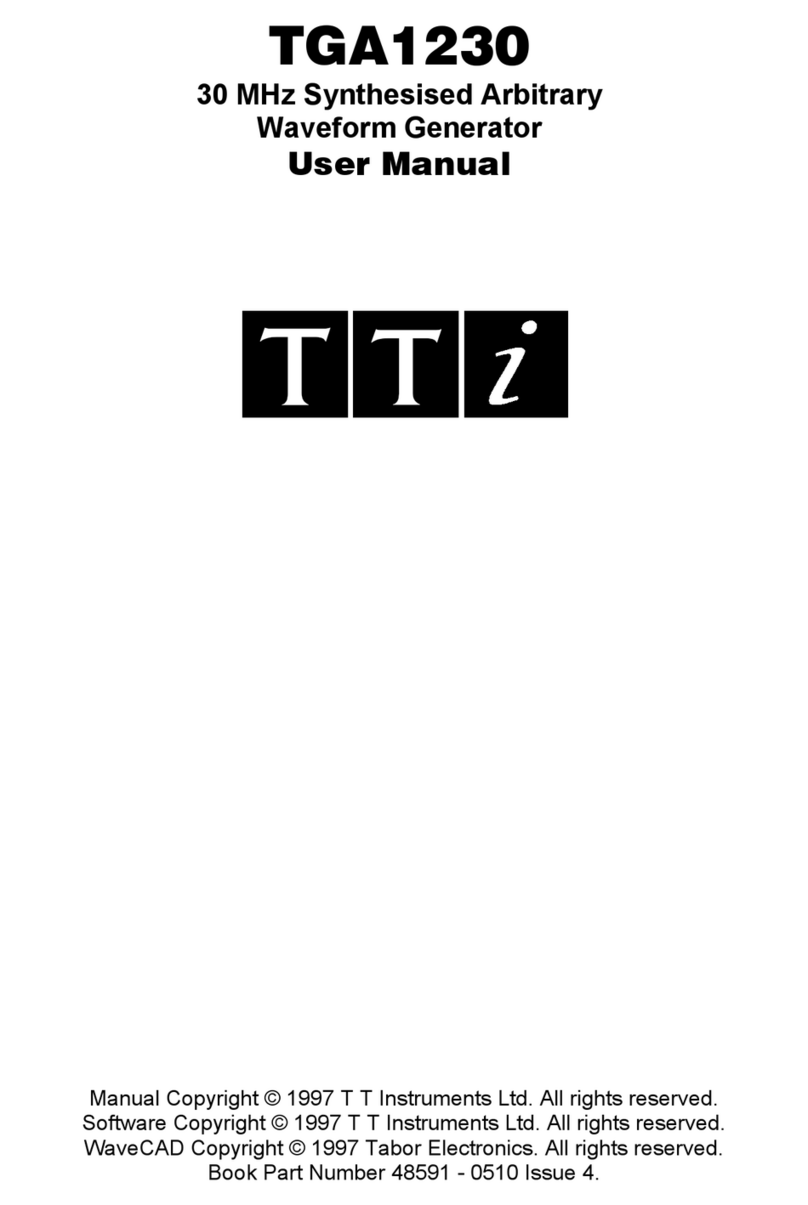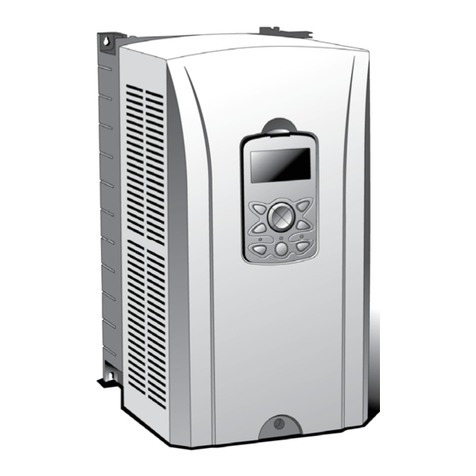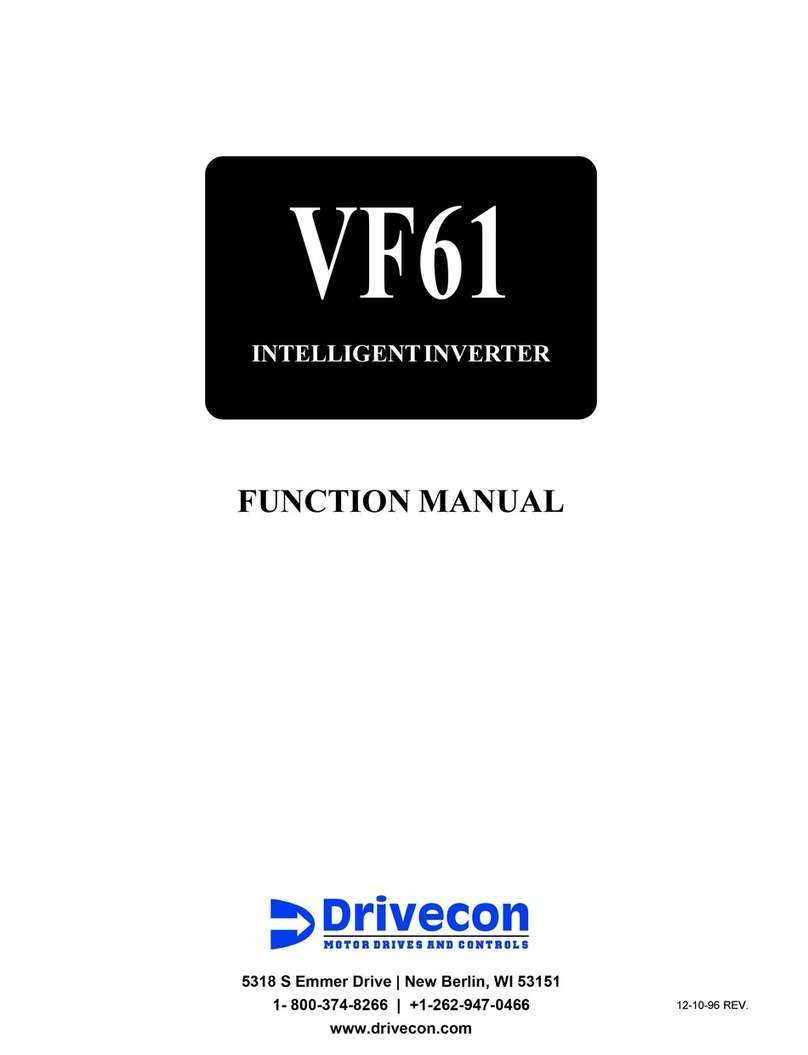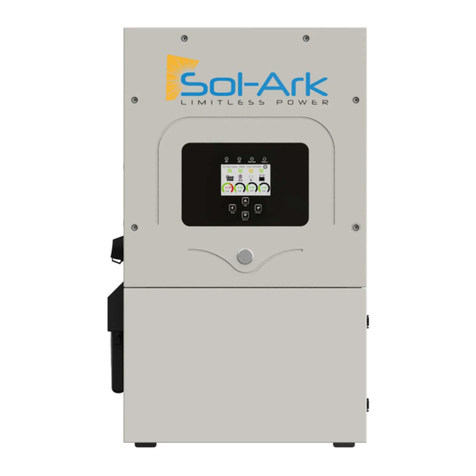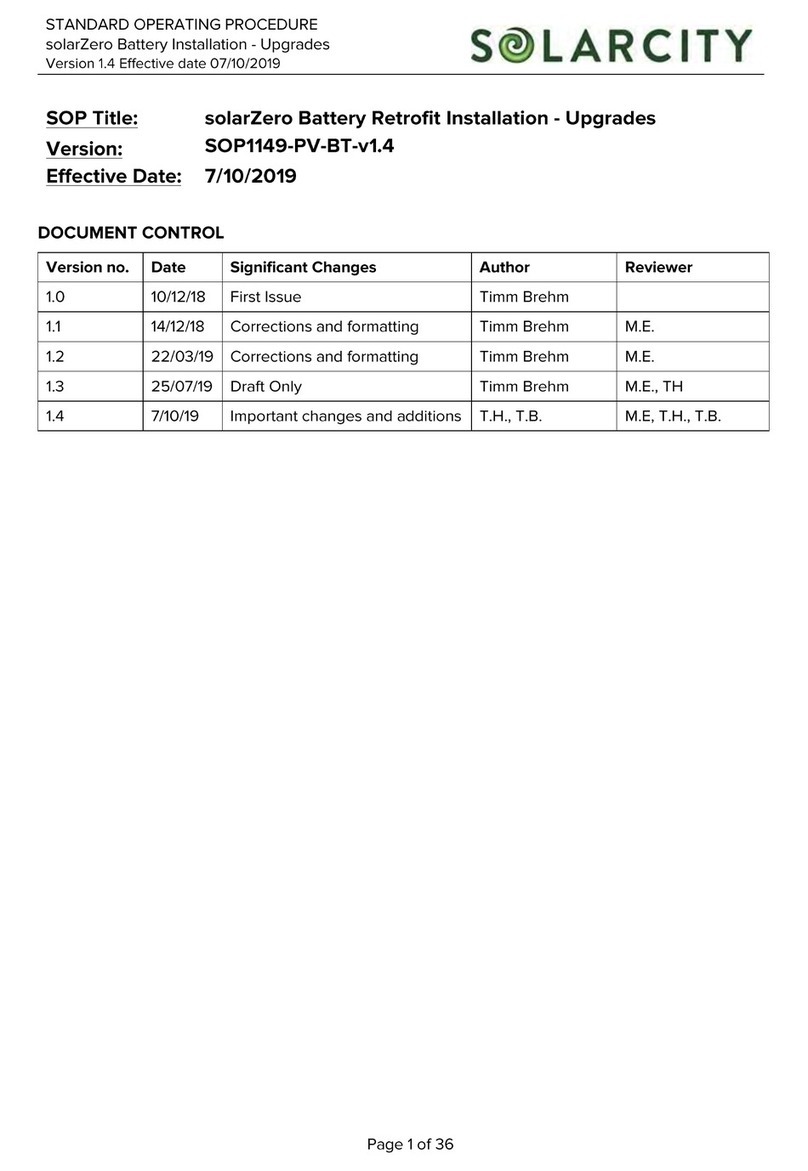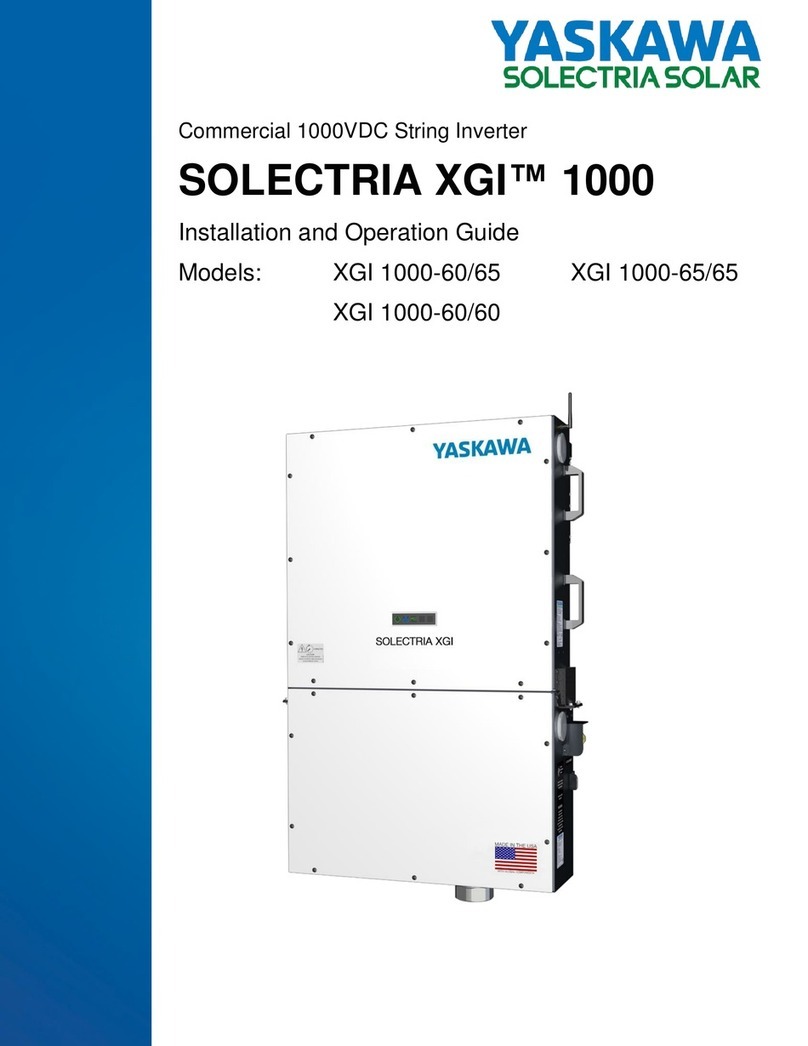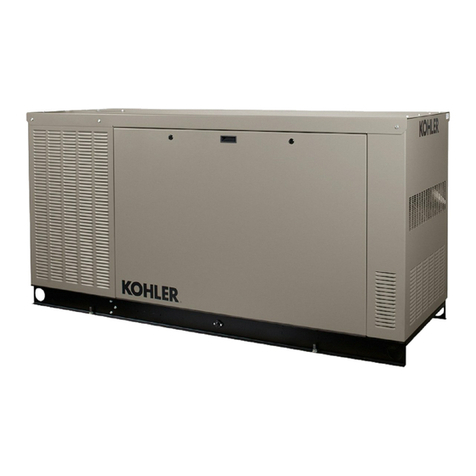TTI TG501 User manual

TG501
Function Generator
Service Manual
Book Part Number 48591-0130 - Issue 5

Table of Contents
General 1
Specification 2
Functional Description 4
Circuit Descriptions 6
Calibration 13
Parts List 17
General
Service Handling Precautions
Service work should only be carried out by skilled engineers. Please note that the tracks on the
printed circuit board are very fine and may lift if subjected to excessive heat. Use only a miniature
temperature controlled soldering iron and remove all solder with solder wick or suction before
attempting to remove a component.
Dismantling the Instrument
WARNING!
Opening the instrument is likely to expose live parts. The instrument shall be disconnected from all
voltage sources before any adjustment, replacement or maintenance and repair during which it shall
be opened. If afterwards any adjustment, maintenance or repair of the opened instrument under
voltage is inevitable, it shall be carried out only by a skilled person who is aware of the hazards
involved.
1. Remove the 8 side screws and lift off the case upper and lower.
2. Access to all components is now possible, further dismantling is not necessary.
3. All small knobs are push on types. To remove the dial, remove the cap in the centre of the
knob using a knife blade, then loosen the nut about 1 turn. The knob and dial can then be
pulled off.
4. Transistors Q32, Q34 and Q39 and IC22 are insulated from the rear panel.
5. Reassemble in reverse order.
Operating Voltage
See the Power Supply section for details of changing the operating voltage from 220/240 to 110/120
and vice-versa.
1

Specification
(All specifications apply after warm-up in an ambient temperature range 18oC-28oC.)
OPERATING RANGE
Frequency Range: .005Hz to 5MHz in 7 overlapping decade ranges with fine
adjustmentby calibrated vernier.
Internal Mode
Vernier Range: 1000:1 within each range.
Vernier Accuracy: Better than ±5% of full scale.
External (Sweep) Mode:
Sweep Range: 1000:1 within each range.
FUNCTIONS
(Specifications apply for vernier between 0.5 and 5.0 and output 10V peak-to-peak into 50Ohm
termination).
Sine
Distortion: Less than 0.5% to 50kHz, less than 1% to 500kHz; all harmonics
>30dB below fundamental on 1M range.
Amplitude Flatness: ± 0.2dB to 500kHz; ±1dB to 5MHz.
Triangle
Linearity: Better than 99% to 500kHz.
Squarewave
Rise and Fall Times: <45ns.
Mark: Space Ratio: 1:1 ±1% to 100kHz; ± 5% to 5MHz
DC
Range: ±10V from 50 Ohm.
OPERATING MODES
Run
Generator runs continuously at the selected frequency.
Triggered
Generator is quiescent until triggered by an external input at TRIG IN or by pressing MANUAL. One
complete cycle is then generated at the selected frequency, starting and stopping at the phase set
by the START/STOP PHASE control.
Gated
Generator is quiescent until gated by an external signal at TRIG IN or by pressing MANUAL.
Generator then runs continuously at the selected frequency for duration of gate signal, starting and
stopping at the phase set by the START/STOP PHASE control. Last waveform started is
completed.
Manual
Manually operates generator as described in Triggered and Gated sections.
Start/Stop Phase
The START/STOP PHASE control varies the triggered and gated signal start/ stop point from
approximately -90oto +90oup to 500kHz.
2

Symmetry
When SYM is selected the SYMMETRY control varies the duty cycle from 1:19 to 19:1 to produce
sawtooth and variable pulse-width waveforms. The indicated frequency is divided by 10 with SYM
selected.
INPUTS
Sweep Input
Input Impedance: 10kOhm
Input Sensitivity: 0 to 4V for 1000:1 sweep
Maximum Allowable Input
Voltage:
±10V
Sweep Linearity: Better than 1%
Maximum Slew Rate of
Input Voltage:
0.1V/us
Trigger Input:
Frequency Range: DC - 5MHz.
Signal Range: TTL compatible levels; maximum input 20V.
Minimum Pulse Width: 50ns.
Input Impedance: Typically 2kOhm.
OUTPUTS
50 Ohm
Amplitude Control: >20dB vernier control within each attenuator range. Maximum output
20V peak-to-peak from 50Ohm (10V into 50Ohm).
Attenuator: Additional switch-selectable attenu- ation of 0, -20 or -40dB. Minimum
output <20mV peak-to-peak from 50Ohm (<10mV into 50Ohm).
DC Offset Control Range: ±10V from 50Ohm. DC offset plus signal peak limited to ±10V (±5V
into 50Ohm). DC offset plus waveform attenuated proportionally in -
20dB and -40dB positions.
TTL
Amplitude: Fixed TTL level output at frequency and symmetry of main output.
Capable of driving 20 TTL loads.
GENERAL
Power Requirements
Input Voltage: 110/120V AC nominal 50/60Hz or 220/240V AC nominal 50/60Hz,
adjustable internally. The TG501 will operate safely and meet
specification within normal AC supply variations viz. 100-130V AC
and 200-260V AC respectively.
Power Consumption: 30VA Max.
Environmental Operating
Range: +5oC to +40oC, 20% to 80% RH.
Storage Temperature Range: -40oC to +70oC.
Size: 300mm wide x 100mm high x 230mm deep
Weight: 3.4kg
3

Functional Description
The relationships between the major circuit elements are shown in the block diagram opposite.
The summing amplifier sums the voltages from the dial and from the sweep input, and its output
controls the magnitude of the complementary current source and current sink. This current varies
from approximately 5.2uA to 5.2mA for a 1000:1 frequency change (.005-5.0).
The symmetry control adjusts the ratio between current source and current sink.
The diode gate steers current into or out of the range multiplier capacitor and is controlled by the
comparator output. When the comparator output is high the charge on the capacitor will rise,
linearly, producing the positive going triangle slope. When the comparator output is low the charge
on the capacitor will fall linearly producing the negative going triangle slope. The triangle amplifier
has unity gain and buffers the triangle wave on the multiplier capacitor to drive the comparator and
output circuits.
The comparator operates as a window detector with fixed limit points set to the triangle peaks. One
of its two outputs drives the TTL circuit and is also level shifted to drive the diode gate. The other
output drives the squarewave shaper. When the comparator output to the diode gate is high, the
triangle wave is positive going until this reaches approximately +1.2V, the comparator output then
switches low. When the comparator output is low the triangle wave is negative going until this
reaches approximately -1.2V, when the comparator output goes high, and the cycle is repeated.
4

This is the basic function generator loop in the Run mode and is shown by the double arrows in the
block diagram. Triangle and squarewave are generated simultaneously as shown.
The control logic determines Trig, Gate or Run modes. In Trig or Gate modes the waveform is
clamped by the -2I+ current sources and the diode gate, at a point determined by the Start/Stop
Phase control. A signal applied to Trig In releases the clamp and a single cycle is produced in the
Trig mode or a burst in the Gate mode, the waveform is then clamped again.
To achieve the 1, 10 and 100 ranges the 1k range capacitor is multiplied by 1000, 100 or 10 by the
capacitor multiplier circuit.
The TTL circuit buffers one of the comparator outputs to drive the TTL output socket.
The squarewave shaper converts the comparator output to a current signal and applies it to the
squarewave function switch. The sinewave converter uses the non-linear characteristics of a
transistor pair to convert the triangle wave into a sinewave, which is applied to the sinewave
function switch. The selected function is sent to the pre-amplifier where it is inverted and buffered
and applied to the output amplitude control. The signal is summed with the voltage from the DC
offset control at the output amplifier. This amplifier inverts and amplifies the signal up to 20V peak
to peak to drive the 50 Ohm output socket.
The power supply converts the incoming AC line voltage to the DC rails required by the instrument.
5

Circuit Descriptions
Power Supply - Mains connections
The operating voltage of the instrument is shown on the rear panel label. Should be it necessary to
change the operating range from 220/240V AC to 110/120V or vice-versa, change the transformer
connections following the appropriate diagram below.
If a change is made, the operating voltage label and fuse should also be changed.
For 220/240V operation use 200mA 250V time-lag
For 110/120V operation use 400mA 250V time-lag
WARNING! THIS INSTRUMENT MUST BE EARTHED
Any interruption of the protective conductor inside or outside the instrument or disconnection of the
protective earth terminal is likely to make the instrument dangerous. Intentional interruption is
prohibited.
6

Power Supply - DC Regulation
Diodes D22 to D25 rectify the transformer output and C50 and C51 are the reservoir capacitors of
the unregulated DC rails.
Q34, Q35, Q36 and IC21a form the +15V regulator, Q34 and Q35 form the compound series pass
element and Q36 its driver. IC21a is the error amplifier and a temperature compensated zener D21
provides the reference (6V2). The +15V output is set by VR34.
The -15V regulator is made up of Q37, Q38, Q39 and IC21b and complements the +15V regulator.
The -15V tracks the +15V by sensing the voltage at the junction of R149, R150 at the input of
IC21b.
The +10V rail is derived by dividing down the +15V rail; R151 and R152 provide the reference from
the +15V for the regulator IC21c and Q40.
The -10V regulator is formed by Q41 and IC21d and is the complement of the +10V regulator. The -
10V tracks the +10V by sensing the voltage at the junction of R154,R155 at the input of IC21d.
The +5V rail uses a standard 3 terminal regulator IC22.
The -5V rail is divided down from the -15V by R139, R140 and buffered by a darlington emitter
follower Q32 and Q33.
Waveform Generation - Summing Amplifier and Current Sources
The dial and sweep voltages are summed by IC1, the gain of which is set by VR3. VR3 is, in fact,
used to calibrate the high end of the dial. The output range of the amplifier is approximately -4mV
(with the dial at .005) to -4V (with the dial at 5.0). This voltage is used to drive the complementary
current source and current sink as follows.
The emitter of Q1 is held at pseudo ground by IC2. If the dial is at 5.0, the -4V at the output of IC1
is forced at the emitter of Q2 by IC4. This -4V is also halved by R6, R7 and IC3 forces this voltage
(-2V) at the junction of R9, R10. A voltage dependant current is therefore set up through R8, R9,
R10 and R11.
IC5 is a current source controlled by the voltage on the collector of Q1 and IC6 is a current sink
controlled by the voltage on the collector of Q2. These two currents are steered into and out of the
range capacitor by the diode gate IC10, under the control of the comparator output.
7

When the symmetry button is depressed the short across VR8 is removed and the total resistance
between Q1 and Q2 emitters is increased from R to 10R. This lowers the current through this
resistor chain by a factor of 10 and so the frequency is divided by 10. Rotating VR8 imbalances the
current through Q1 and Q2 to give a duty cycle of up to 1:19 or 19:1.
With the symmetry button out, the waveform symmetry is set by VR9 at the top of dial (5.0). At the
bottom of the dail, symmetry is determined by offsets on ICs 1-6 (refer to calibration procedure).
Current source IC8 tracks the I+ current source IC5 and IC9 mirrors this to become -2I+. The -2I+
current is used to clamp the waveform in the Trig and Gate modes. The ramp can only stop in the
upward direction. When the Q output
of IC14b is set low, D1 is off. If the voltage at Q5 emitter is 0V (= to 0o), the voltage on the range
capacitor will ramp up and stop at 0V. When clamped the I+ current from the diode bridge flows
through the diode between pins 4 and 3 into the -2I+ current sink. A current equivalent to I+ also
flows through the diode between pins 9 and 1 into the -2I+ current sink to total 2I+. IC7 and Q5
buffer the voltage on the Start/Stop Phase control VR11 to give a low impedance voltage source on
pin 9 of IC10. This voltage can be varied between approximately +/-1.2V by VR11 corresponding to
the triangle peaks, giving +/-90oof phase control. To release the clamp the Q output of IC14b is set
high which pulls the -2I+ current sink high via D1, reverse biasing the two clamp diodes.
Waveform Generation - range selection and triangle amplifier
Range selection is by seven push-button switches, which steer the current sources into the
appropriate multiplier capacitor. The lower four ranges use the same range capacitor C9; the lower
three ranges use a capacitance multiplier. The capacitance multiplier steals current from the range
capacitor via R36. The amount of current taken is determined by the gain setting resistors R28,
R30 or R31 for the x100, x10 and x1 ranges respectively. The triangle wave on C9 is connected to
the non-inverting inputs of IC11 and IC12. The triangle wave is amplified by IC11 which has a gain
of 3; this is trimmed by VR15 to set the overall gain of the capacitance multiplier. Q8 and Q9 buffer
the output of IC12.
The triangle buffer consists of a FET source follower Q10 with temperature compensation provided
by current source Q11, which is IDSS matched with Q10. Q13 and Q14 are emitter followers to
provide 2 low impedance outputs. Q12 is strapped as a diode and compensates for the VBEs of
Q13 and Q14. VR17 trims the DC offset in this stage.
8

Waveform Generation - Comparator and TTL output
IC13 operates as a window detector and determines the peak to peak amplitude of the triangle
wave on the range multiplier capacitor, which is approximately +/-1.2V. C17-C22 compensate for
comparator and loop delays ensuring that the triangle wave amplitude remains constant with
increase in frequency. The two internal NAND gates in IC13 are wired as a flip-flop to ensure
positive switching of the comparator. C23 provides a small amount of positive feedback to ensure
jitter free operation. Some comparators oscillate with the dial at 0.005; this can be prevented by
fitting C66.
One of the comparator outputs is routed via IC17a to parallel gates IC17 c and d which drive the
TTL output. Q15 level shifts IC13 output to be about ground to drive the diode gates. Q16 is a VBE
multiplier and its total voltage is just under two VBEs. R45, R46 and C16 improve triangle linearity
at 5MHz.
IC15a and level shifter Q17 are used to drive the squarewave shaper circuit. When the squarewave
button is out, pin 4 of IC15a is held low and so the squarewave is gated off at the source.
9

Waveform Generation - Trigger Circuit
In the Trig or Gate modes the waveform is clamped at the Start/Stop Phase point under control of
IC14b (described earlier).
Q19 and IC15b form a Schmitt trigger which ensures correct operation from DC to 5MHz. R71 and
R72 with C27 fix the input threshold at <1.5V over the whole frequency range.
In the trigger mode the output of IC15b is routed through IC15c and IC16a to the monostable
formed by IC16b and c. For every high going transition at the trigger input or depression of the
manual button a 50 nanosecond pulse at IC16c output is generated. This pulse goes from high to
low, and back to high after 50ns and is used to set the flip flop IC14b which releases the waveform
clamp. The flip flop now waits for a rising edge on its clock input; this occurs when the triangle wave
changes from a negative slope to a positive slope. This edge resets the flip flop and enables the
waveform clamp circuit which stops the waveform at a point determined by the Start/Stop Phase
control.
In the gate mode the monostable around IC16b and c is disabled and the signal bypasses IC16b.
When a high level signal is applied to Trig in, the output of IC16c goes low and releases the
waveform clamp. The generator now free runs until the Trig in signal goes low and IC16c output
goes high. IC14b flip flop now waits for a rising edge on its clock input as in trigger mode and stops.
In the run mode IC14b flip flop is permanently set by SW9b, disabling the waveform clamp so that
the generator free runs.
10

Waveform Generation - Waveform Shaping
The squarewave shaper is a diode bridge which steers current from either R89 or R90 into R91.
This provides a squarewave with controlled rise/fall times, and thus no overshoot and ringing, which
is symmetrical about ground. The drive signal comes from Q17.
The sine shaper comprises a monolithic transistor array IC18 which is driven by the triangle
amplifier. The circuit has two non linear stages. A pair of emitter followers round the peaks of the
triangle which are adjusted by VR18 for the bottom of the waveform and VR22 for the top of the
waveform. The output from this stage is impressed across R78 and R81 in series and applied to the
second stage. This comprises a long tailed pair driven almost into cut off and converts the clipped
triangle wave into a sinewave. VR19 adjusts the gain of the long tailed pair to bring them close to
cut off and therefore minimum sinewave distortion. VR23 adjusts the dc operating point of the
sinewave convertor to give symmetrical operation on both positive and negative halves of the
waveform. VR20 adjusts the dc output of the convertor and VR21 output amplitude.
Output Preamplifier
The selected waveform passes to the preamplifier. Q20 and Q21 form a long- tailed pair and are in
thermal contact with each other to reduce dc drift. Q22 and Q23 are two cascaded emitter
followers; feedback is via R98. The preamplifier is an inverting virtual earth type. DC offset is
trimmed by VR26. Sine, square and triangle waveform amplitudes are set for 10V peak to peak into
50 Ohm at the 50 Ohm output by VR21, VR24 and VR25 respectively.
11

Output Amplifier and DC Offset
The signal passes via the Amplitude control VR27 to the output amplifier. A simplified diagram is
shown in fig. 7 and the following circuit description refers to this.
The HF amplifier is made up of discrete components and is in principle an inverting operational
amplifier with a gain of -10 set by R109 and R115. This has offset voltages and currents which are
compensated for by IC19 and IC20. IC19 compensates for input bias currents. IC20 controls dc
offset and LF gain by driving the non-inverting input.
Refer now to fig. 8 for the description of the HF amplifier (simplified). Q24 and Q26 are
complementary emitter followers to provide low drive impedance to the complementary class A
amplifier stage Q28 and Q29. Level shifting is achieved by adjustable zener diodes, these are
formed by a zener diode and a VBE multiplier. Note incorrect setting of the level shifters will cause
excessive current to flow in the class A stage causing damage to these devices. Refer to the
calibration section for adjustment procedure. The output of the amplifier stage is buffered by
complementary emitter followers Q30 and Q31 to drive the 50 Ohm output, D17 and D18 provide
their bias.
The non-inverting input is effectively the emitters of the class A amplifier, D19 and D20 provide the
necessary level shifting.
12

Calibration
Equipment Required
Oscilloscope
Distortion meter
4.5 digit battery powered multimeter
Calibration should be carried out after the instrument has been on for 1 hour.
Note: If any work has been done to the output stage, VR32 and VR33 must be turned fully anti-
clockwise before switching on.
The available calibration points are:
Dial calibration, high frequency (5.0) end, 10k range - VR3
Dial calibration, low frequency end (.005) - VR2
Waveform symmetry, high frequency end of dial (5.0) - VR9
Waveform symmetry at the low frequency end of dial (.005) is affected by offset nulling of ICs 2 to 6,
see below.
Dial calibration 1M range - VC1
Dial calibration 100k range - VC2
Capacitance multiplier offset - VR16
Capacitance multiplier gain - VR15
DC offset of triangle amplifier - VR17
Sinewave distortion - VR18, VR19, VR22 and VR23
Sinewave dc offset - VR20
13

Sinewave amplitude - VR21
Squarewave amplitude - VR24
Triangle wave amplitude - VR25
DC offset of preamplifier - VR26
Output amplifier quiescent operating current - VR32 and VR33
Output amplifier dc offset - VR31
Output amplifier bias compensation - VR28
Output amplifier LF gain - VR30
+15Vrail - VR34
For best results the above adjustments should be carried out in the following manner:
After the instrument has warmed up the case upper is removed to make any adjustments, which
should be done in a draft free environment.
Adjust VR34 for +15.0V +/-100mV at TP12
Check -15V rail is within +/-2% of the +15V rail at TP18
Check +10V rail is +10.2 +/-400mV at TP19
Check -10V rail is within +/-2% of the +10V rail at TP21
Check +5V rail is 5.0V +/-0.25V
Check -5V rail is -5.0V +/-0.25V
Select: Run, 1k range, dial at 5.0, dc offset out, squarewave, 0dB
Offset nulling of ICs 1 to 6 is critical for correct operation of the instrument. Gold plated test pins are
provided and a gold plated 2 way header on the end of the leads to the DVM is recommended to
make a good connection and help to avoid thermal e.m.f.s.
IC TP Adjust DVM Reading
1 13 VR4 <40uV
2 1 VR5 <40uV
3 2 VR6 <40uV
4 3 VR7 <40uV
5 4 VR10 <40uV
6 5 VR12 <40uV
8 6 VR13 <100uV
9 7 VR14 <100uV
12 10 VR16 <100uV
Nulling of the triangle amplifier is achieved by shorting its input (TP11) and adjusting VR17 to give
<2mV at TP9.
To null the pre-amplifier, deselect the waveform output by releasing the 3 function buttons. Connect
a DVM to the right hand leg of the amplitude control (VR27) and adjust VR26 for <3mV.
Output stage adjustment must be carried out with great care to avoid circuit damage. Adjustment is
easiest with 2 voltmeters, one connected to TP15 and the other to TP14. With only one meter
available, alternately monitor the 2 test points. With no output waveform selected and the amplitude
control at minimum, slowly adjust VR32 and VR33 for 13.4V to 13.5V at the two test points. Note
14

that the voltage on these test points (TP14 and TP15) must not go below 13.3V otherwise Q28 and
Q29 will be damaged. VR32 and VR33 are interactive. Connect a DVM to TP16 and check that the
voltage on this point is <+/-1V. If not, slightly adjust VR32 or VR33 ensuring that the voltages on
TP14 and TP15 remain within 13.4V to 13.5V. Note that it may be necessary to add a low value
resistor in the meter lead close to TP14 and TP15 to prevent instability in the amplifier. Connect a
voltmeter to TP8 and adjust VR28 for <1mV. Connect a DVM to TP17 and adjust VR31 for <3mV.
Frequency multiplier to 100 range, squarewave, adjust VR30 for a flat top squarewave. Note that
the oscilloscope must be dc coupled for this adjustment.
Symmetry, select 1k range and adjust VR9 for equal mark: space ratio using the oscilloscope x10 X-
multiplier to increase resolution and the trigger slope switch.
Before commencing the vernier calibration procedure, turn the dial fully clockwise and check that
the 005 mark aligns with the mark on the front panel. If not, remove the cap in the centre of the
knob, using a knife blade and loosen the nut one to two turns. The knob can now be slid around on
its shaft to align the marks. Tighten the nut and check that the dial rotates freely against the front
panel. Refit the knob cap. On later instruments a PTFE thrust washer is fitted between the dial and
the front panel.
Dial Multiplier Adjust Reading
5.0 10k VR3 49.5 to 50.5 kHz
5.0 1M VC1 4.9 to 5.1 MHz
5.0 100k VC2 490 to 510 kHz
5.0 100 VR15 495 to 505 Hz
0.005 100k VR2 465 to 475 Hz
Sinewave distortion, select sinewave, 1k range, dial at 5.0. Display the distortion meter output on
CH2 of the oscilloscope. Position VR18 and VR22 fully clockwise. Adjust VR19 to give a flat
response between peaks and VR23 to give a symmetrical display. Note, this is not minimum on the
distortion meter, do not adjust these two presets to give minimum distortion at this stage.
15

Now slowly adjust VR18 and VR22 to remove these peaks. Check the distortion meter reading
which should now be less than 0.5%, typically 0.3%. If not, very slightly adjust the above 4 presets
to achieve this. (If the instrument fails to meet specification, check the following: amplitude, linearity
and symmetry of triangle wave at TP9; pre and output amplifiers.) Adjust VR20 to trim dc output of
the sinewave converter, measured on the oscilloscope or use a DVM connected to the 50 Ohm
output (TP17). Adjust VR21 to give 10.2V peak to peak into 50 Ohm.
Triangle amplitude, adjust VR25 to give 10.2V peak to peak into 50 Ohm.
Squarewave amplitude, ajust VR24 to give 10.2V peak to peak into 50 Ohm.
Servicing Notes
The white printing on the pcb also shows all the points which are top soldered. The circles
(teardrops) show track pins and the squares show which lead of a component is top soldered.
Insulating washers are fitted to IC22, Q32, Q34 and Q39. Heatsink compound is applied to
regulators IC22, Q32, Q34 and Q39 and between transistor pair Q20 and Q21.
To help with trouble shooting the power supply etc., an external current limited (500mA) power
supply of +/-17V can be used with its ground (0V) going to the TG501 ground (negative end of C50
or positive end of C51). The +17V supply is connected to the positive end of C50 and the -17V
supply is connected to the negative end of C51.
Typical current drain from the +/-17V supply with output at minimum is -200mA and +240mA.
Input power with 240V input, 90mA maximum.
This service manual specifically covers issue 5 pcbs. Pre issue 5 boards have the following
differences:
R35 100R was fitted in series with R36//C11 and not in the sinewave converter.
R142 was 4K7
pcb support brackets were not fitted.
16

Parts List
PCB Assembly - Main
Ref Description Part No
R1 10RJ W25 CF 23185-0100
R2 150KJ W25 CF 23185-4150
R3 43KJ W25 CF 23187-3430
R4 10KJ W25 CF 23185-3100
R5 39KJ W25 CF 23185-3390
R6 2K7F W25 MF 23202-2270
R7 2K7F W25 MF 23202-2270
R8 2K43F W25 MF 23202-2243
R9 1K37F W25 MF 23202-2137
R10 1K37F W25 MF 23202-2137
R11 2K32F W25 MF 23202-2232
R12 750RF W25 MF 23202-1750
R13 4K3J W25 CF 23187-2430
R14 4K3J W25 CF 23187-2430
R15 750RF W25 MF 23202-1750
R16 3K3J W25 CF 23185-2330
R17 47RJ W25 CF 23185-0470
R18 47RJ W25 CF 23185-0470
R19 2K7F W25 MF 23202-2270
R20 2K7F W25 MF 23202-2270
R21 47RJ W25 CF 23185-0470
R22 47RJ W25 CF 23185-0470
R23 374RF W25 MF 23202-1374
R24 1K5J W25 CF 23185-2150
R25 1K0J W25 CF 23185-2100
R26 100RJ W25 CF 23185-1100
R27 10RJ W25 CF 23185-0100
R28 10KF W25 MF 23202-3100
R29 22KJ W25 CF 23185-3220
R30 100KF W25 MF 23202-4100
R31 1M0F W25 MF 23202-5100
R32 10KJ W25 CF 23185-3100
R33 10RJ W25 CF 23185-0100
17

Ref Description Part No
R34 10RJ W25 CF 23185-0100
R35* 100RJ W25 CF 23185-1100
R36 1K0J W25 CF 23185-2100
R37 10KJ W25 CF 23185-3100
R38 470RJ W25 CF 23185-1470
R39 220RJ W25 CF 23185-1220
R40 1K5J W25 CF 23185-2150
R41 1K5J W25 CF 23185-2150
R42 820RJ W25 CF 23185-1820
R43 1K0J W25 CF 23185-2100
R44 1K2J W25 CF 23185-2120
R45 100RJ W25 CF 23185-1100
R46 330RJ W25 CF 23185-1330
R47 14K3F W25 MF 23202-3143
R48 220RF W25 CF 23185-1220
R49 681RF W25 MF 23202-1681
R50 124RF W25 MF 23202-1124
R51 124RF W25 MF 23202-1124
R52 681RF W25 MF 23202-1681
R53 220RF W25 MF 23202-1220
R54 14K3F W25 MF 23202-3143
R55 150RJ W25 CF 23185-1150
R56 1K0J W25 CF 23185-2100
R57 1K8J W25 CF 23185-2180
R58 3K0J W25 CF 23187-2300
R59 4K7J W25 CF 23185-2470
R60 1K8J W25 CF 23185-2180
R61 3K0J W25 CF 23187-2300
R62 2K2J W25 CF 23185-2220
R63 2K2J W25 CF 23185-2220
R64 1K2J W25 CF 23185-2120
R65 4K7J W25 CF 23185-2470
R66 4K7J W25 CF 23185-2470
R67 4K7J W25 CF 23185-2470
R68 4K7J W25 CF 23185-2470
18

Ref Description Part No
R69 4K7J W25 CF 23185-2470
R70 4K7J W25 CF 23185-2470
R71 2K2J W25 CF 23185-2220
R72 1K5J W25 CF 23185-2150
R73 33KJ W25 CF 23185-3330
R74 2K2J W25 CF 23185-2220
R75 100RJ W25 CF 23185-1100
R76 47RJ W25 CF 23185-0470
R77 7K5J W25 CF 23187-2750
R78 560RJ W25 CF 23185-1560
R79 100RJ W25 CF 23185-1100
R80 7K5J W25 CF 23187-2750
R81 91RJ W25 CF 23187-0910
R82 7K5J W25 CF 23187-2750
R83 7K5J W25 CF 23187-2750
R84 68RJ W25 CF 23185-0680
R85 7K5J W25 CF 23187-2750
R86 100RJ W25 CF 23185-1100
R87 47RJ W25 CF 23185-0470
R88 10KJ W25 CF 23185-3100
R89 5K6F W25 MF 23202-2560
R90 5K6F W25 MF 23202-2560
R91 220RJ W25 CF 23185-1220
R92 470RJ W25 CF 23185-1470
R93 1K8J W25 CF 23185-2180
R94 270KJ W25 CF 23185-4270
R95 150RJ W25 CF 23185-1150
R96 6K2J W25 CF 23187-2620
R97 6K2J W25 CF 23185-2620
R98 2K2J W25 CF 23185-2220
R99 3K6J W25 CF 23187-2360
R100 3K3J W25 CF 23185-2330
R101 680RJ W50 CF 23179-1680
R102 10RJ W25 CF 23185-0100
R103 22RJ W25 CF 23185-0220
19
Table of contents
Other TTI Inverter manuals
Popular Inverter manuals by other brands
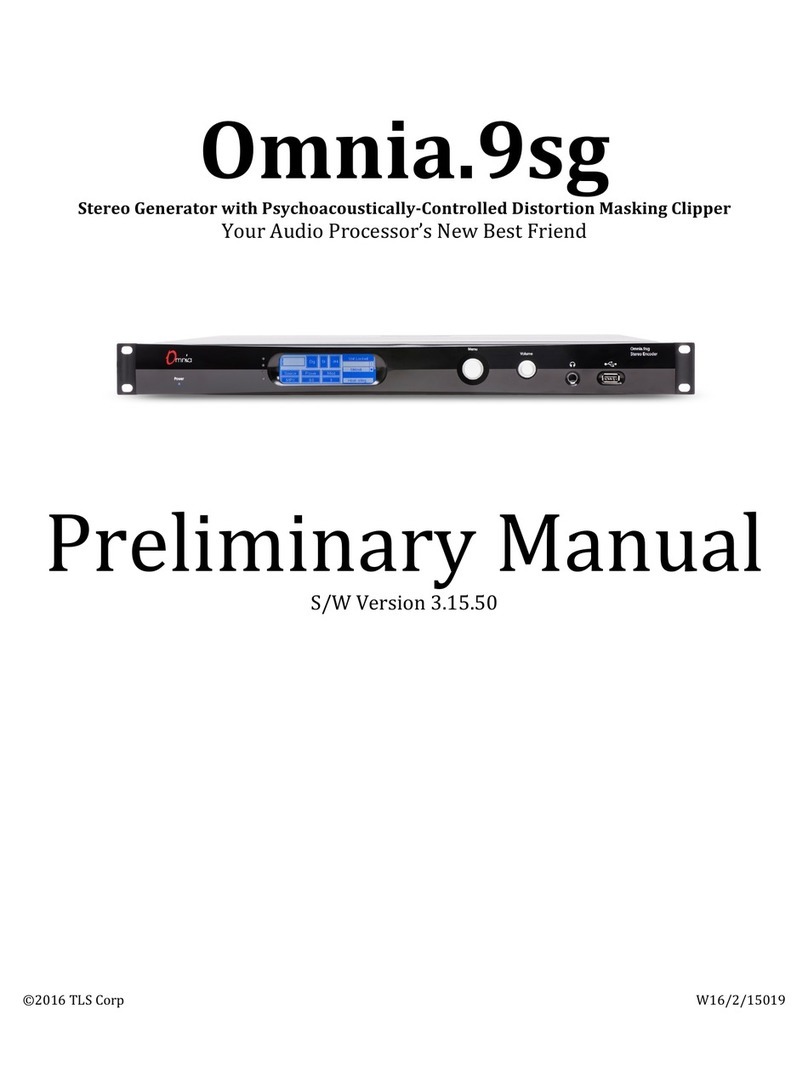
TLS
TLS Omnia.9sg Preliminary manual

GÜDE
GÜDE GC 100 PM Translation of original operating instructions
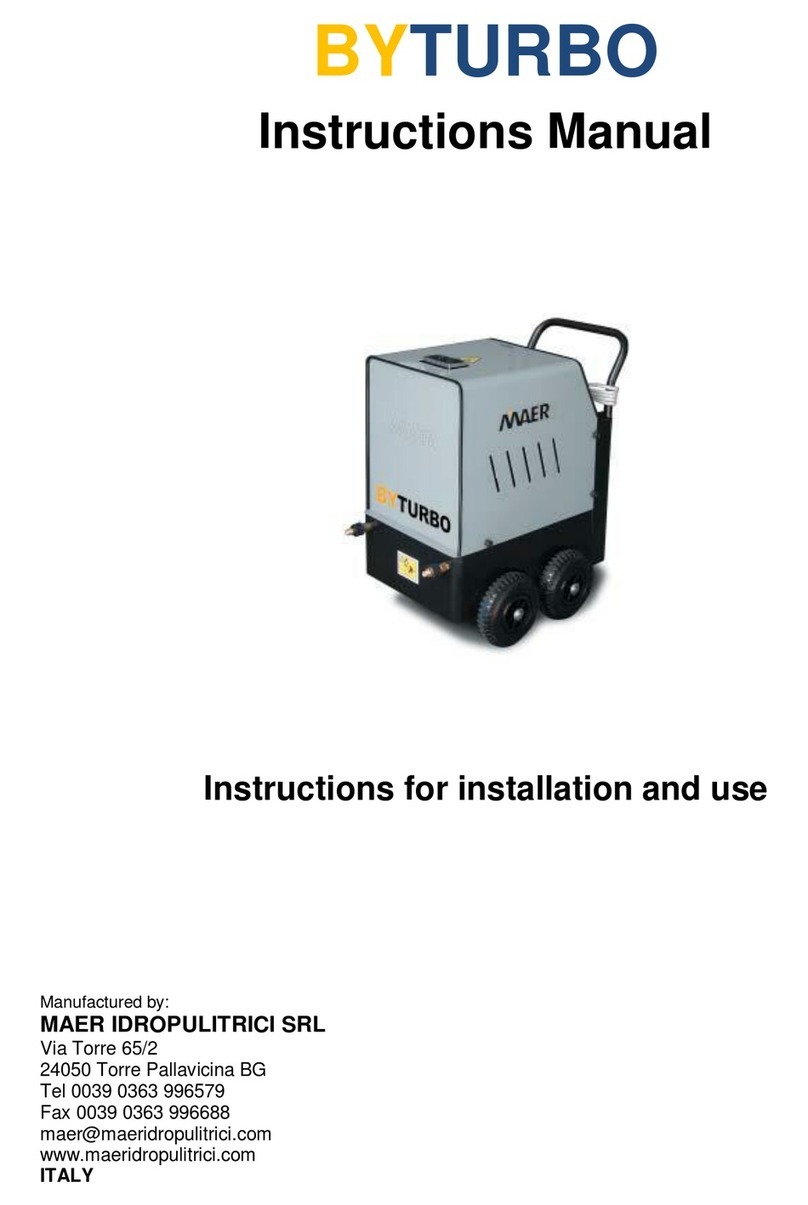
MAER IDROPULITRICI
MAER IDROPULITRICI BYTURBO instruction manual
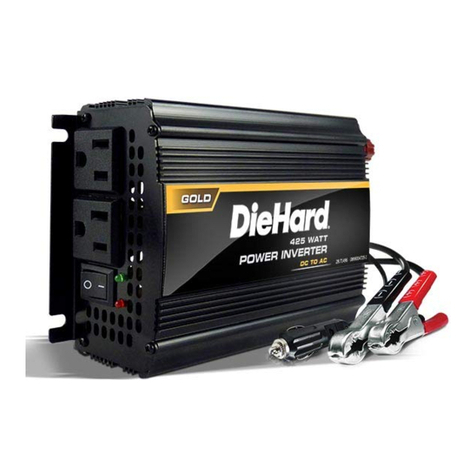
DieHard
DieHard 71496 owner's manual
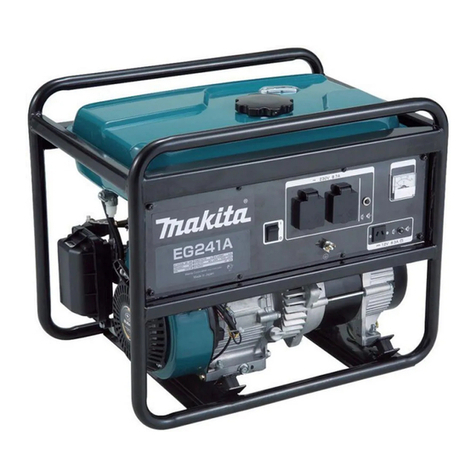
Makita
Makita EG SERIES Instructions for use
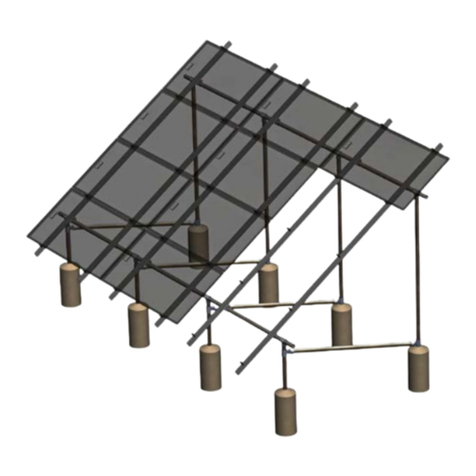
Tamarack Solar
Tamarack Solar Ground Mount Kit installation manual
